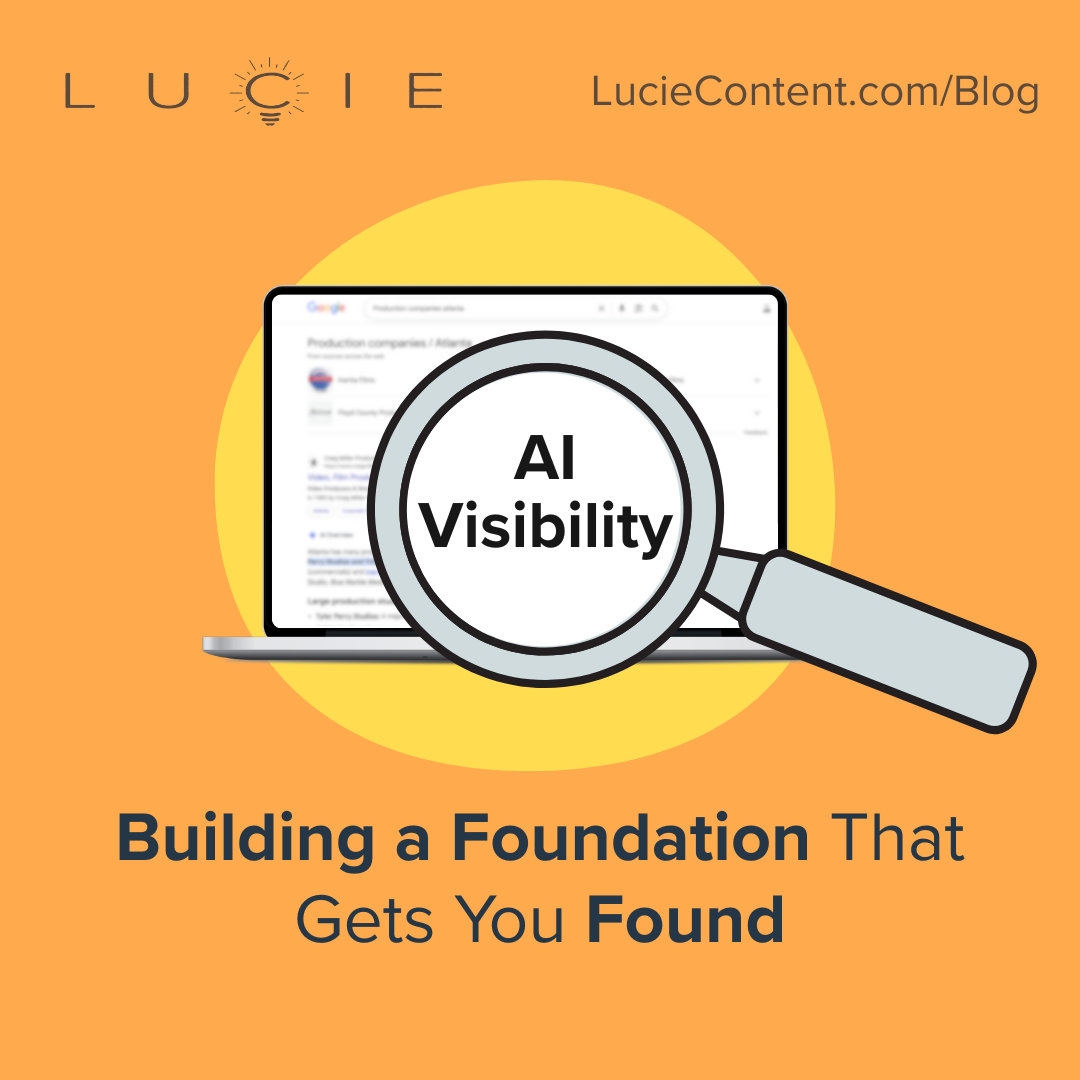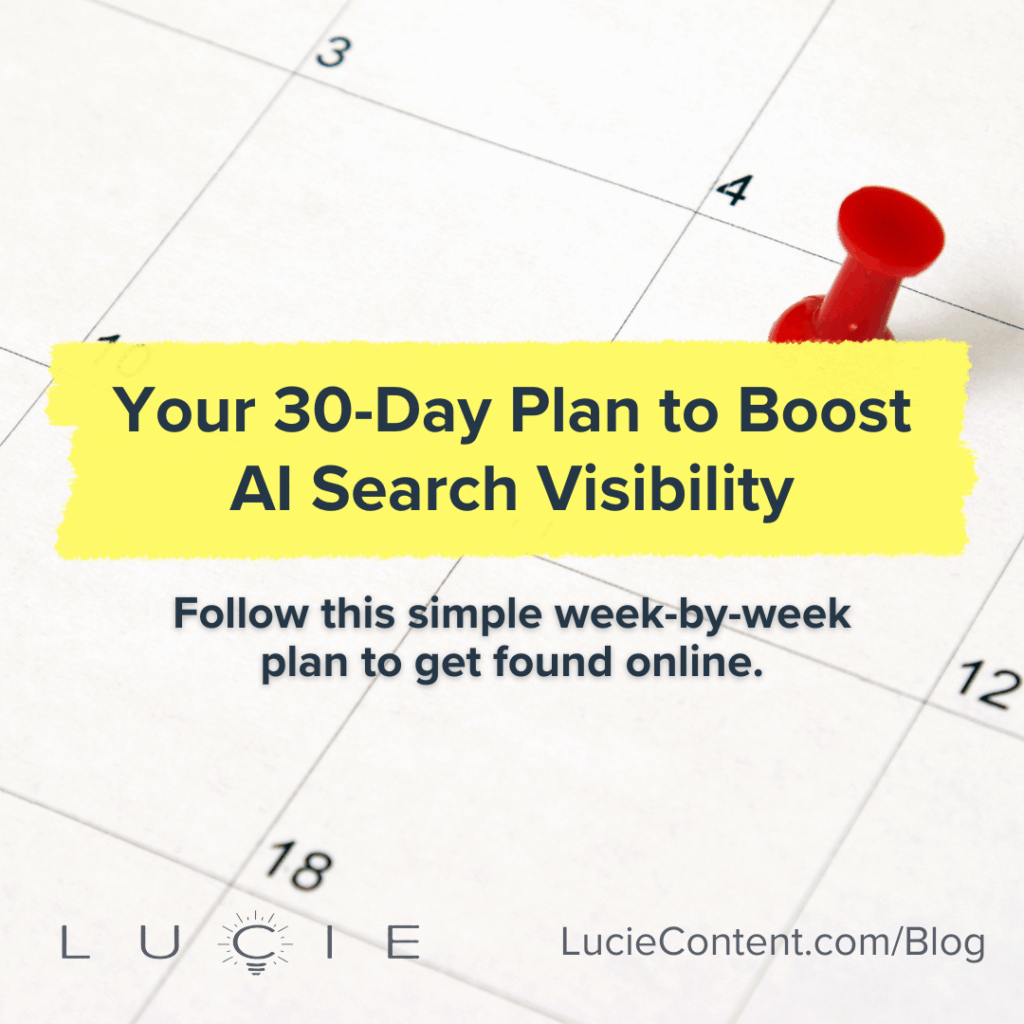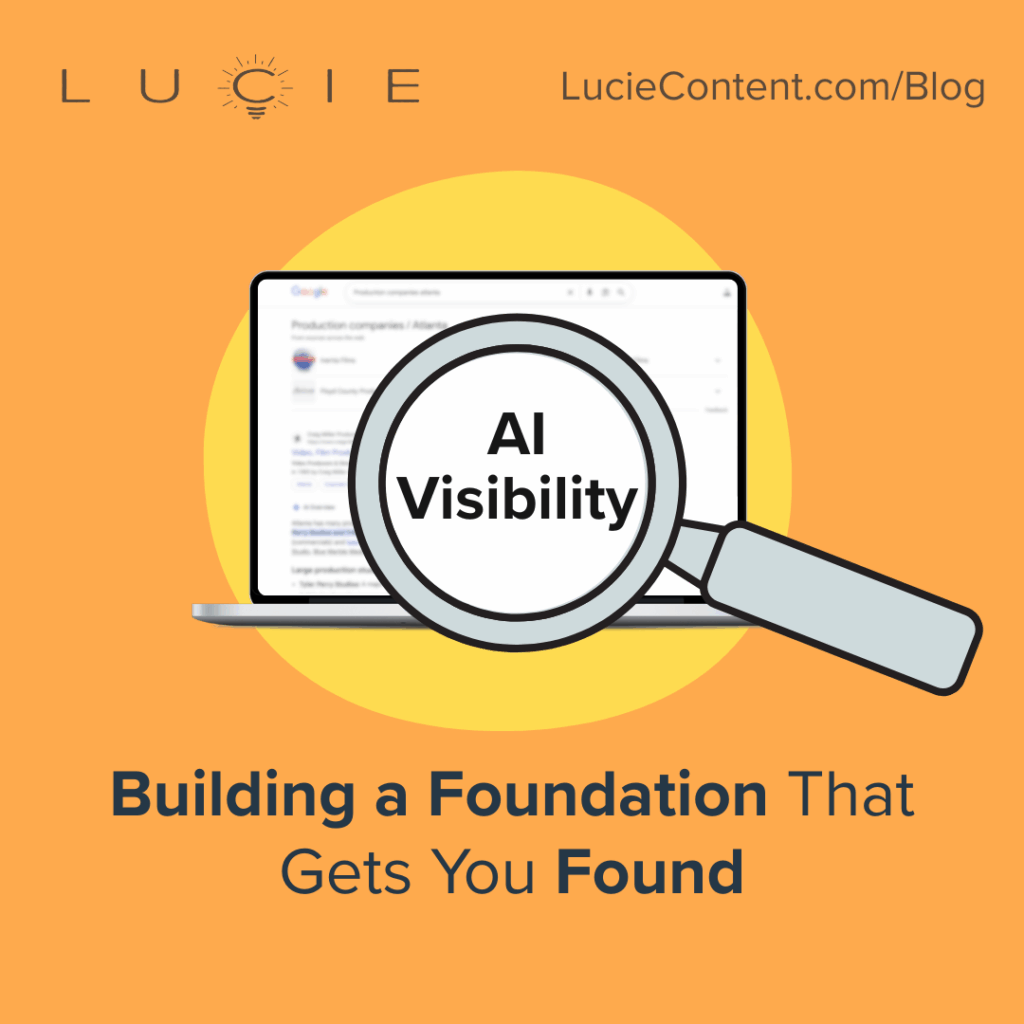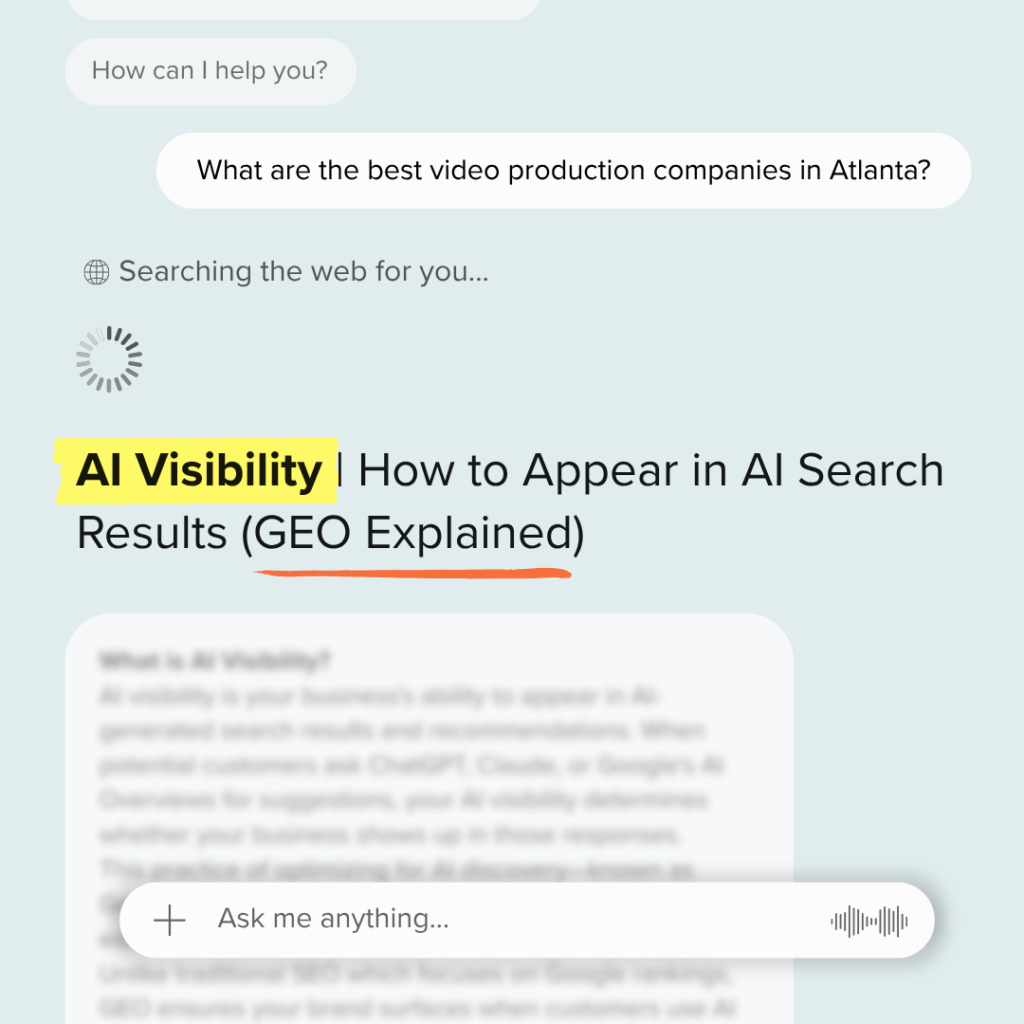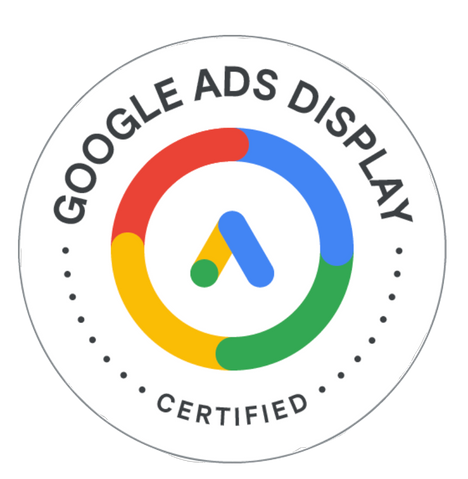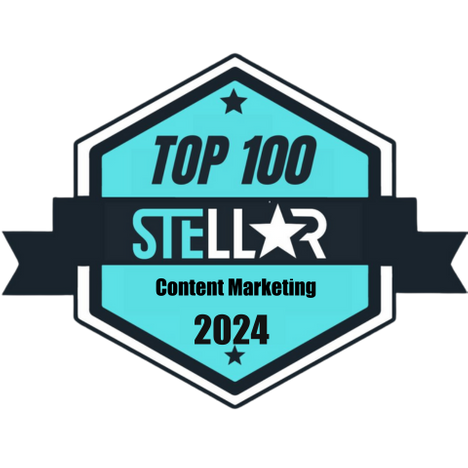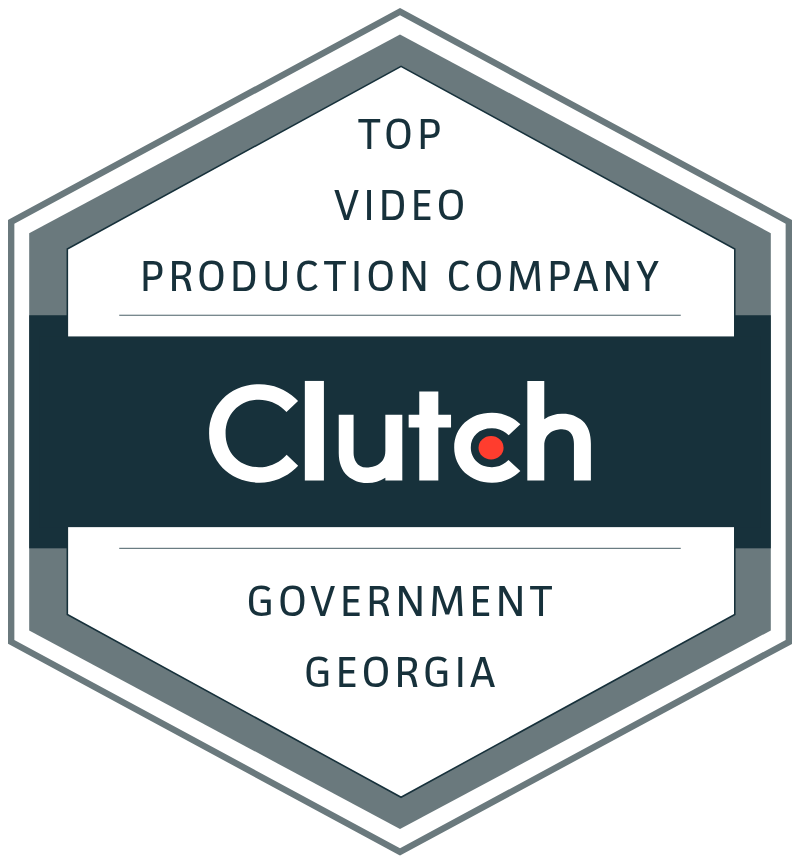If you’ve been following the conversation about AI search, you’ve probably heard that “everything has changed” and that businesses need to adapt or risk becoming invisible. But what does that actually mean in practice? What specific elements of your digital presence make the difference between being recommended by AI tools and being overlooked entirely?
The answer comes down to three interconnected foundations. Think of these as the pillars that support your AI visibility. If any one is weak, the entire structure becomes unstable. Master all three, and you’ll dramatically increase the likelihood of appearing when potential clients ask AI about businesses like yours.
Pillar One: Content Quality: Making Your Information AI-Friendly
Here’s a truth that might surprise you: AI-friendly content isn’t really about AI at all. It’s about clarity, relevance, and genuinely helpful information. The same qualities that make content valuable to humans make it valuable to AI.
The problem is that many businesses have spent years crafting content that sounds impressive but says very little. Marketing copy filled with phrases like “innovative solutions,” “results-driven approach,” and “best-in-class services” might look professional, but it communicates almost nothing concrete. AI tools scanning this content can’t extract specific, useful information to cite or recommend.
The shift you need to make: Write the way you’d explain your business to someone who’s never heard of you. Use specific language that describes what you actually do, who you help, and how you help them.
Instead of saying “We provide innovative content solutions that drive engagement,” say “We produce corporate videos, manage social media campaigns, and train executives for media appearances.” The second version tells AI (and potential clients) exactly what services you offer.
Structure matters as much as language. AI tools excel at extracting information from well-organized content with clear headers and logical sections. This means using headers that reflect real questions your prospects ask: “How long does video production take?” “What’s included in your social media management?” Then answer those questions directly and thoroughly.
Think about your current service pages. Do you have generic headers like “Our Approach” and “Why Choose Us”? Or do you have specific, question-based headers that address what people actually want to know? The difference significantly impacts whether AI can find and cite your information.
Pillar Two: Digital Presence: Where You Need to Show Up
Your website is important, but it’s not the only place AI looks when evaluating your business. AI tools synthesize information from across the web, pulling from multiple sources to build a comprehensive understanding of who you are, what you do, and whether you’re trustworthy.
This means your digital footprint needs to be both broad and consistent. Broad means you’re present on the platforms that matter: Google Business Profile, relevant directories, social media, industry publications. Consistent means the information about your business is identical across all these touchpoints.
Here’s where many businesses stumble: Your Google Business Profile says you specialize in “corporate video production.” Your website homepage emphasizes “digital marketing services.” Your LinkedIn describes you as a “content strategy consultant.” AI encounters these conflicting descriptions and struggles to understand what you actually do. This confusion can keep you from being recommended at all.
The fix is straightforward but requires attention to detail. Audit every platform where your business appears. Your business name, address, phone number, website, and core service description should be identical everywhere. Not similar. Identical.
This consistency helps AI understand your core offering clearly and reinforces your authority by showing that you’re established, active, and credible across multiple platforms.
Don’t forget social media. While it might not be the first place AI pulls recommendations, your social presence contributes to the overall picture of your business. You don’t need to post daily on every platform, but you should maintain consistent profiles and post regularly enough that your presence doesn’t feel dormant.
Pillar Three: Authority Signals: Building Trustworthiness
AI doesn’t just look for information about your business. It evaluates whether that information is trustworthy. Authority signals are the evidence that you’re legitimate, credible, and worth recommending.
Reviews and testimonials are among the strongest authority signals. They demonstrate that real people have worked with you and found value. But it’s not just about having reviews; it’s about how you respond to them. When you respond professionally and personally to both positive and negative feedback, you’re signaling active engagement and customer care.
Case studies work similarly but at a deeper level. A generic testimonial that says “Great work, highly recommend!” tells AI almost nothing. But a detailed case study that outlines the specific challenge a client faced, your approach to solving it, and the measurable outcomes you delivered proves expertise in a way generic praise cannot.
When you create case studies, include specifics: percentages, timeframes, concrete results. “We helped them increase engagement by 150% over three months” is infinitely more valuable than “We delivered great results.”
External citations add another layer of credibility. When other reputable websites mention or link to your business (whether through partnerships, press coverage, or industry recognition), it reinforces your authority. AI recognizes these third-party endorsements as validation that you’re established and respected in your field.
Finally, your content’s depth and specificity signal authority. Surface-level information suggests limited expertise. Detailed, nuanced content that addresses complexities and provides genuine insights demonstrates that you actually know what you’re talking about.
Putting the Pillars Together: Your Website Audit
Understanding these three pillars is one thing. Knowing where your own digital presence stands is another. Before you can improve your AI visibility, you need an honest assessment of your current foundation.
Start with your homepage. Open it right now and read the first paragraph. Does it immediately answer “What do you do?” and “Who do you help?” If not, your homepage isn’t doing its job.
Compare these two examples:
“We help brands tell their stories through innovative content solutions that drive engagement and deliver results.”
versus
“We’re a multi-media production company that creates corporate videos, manages social media, and provides media training for businesses in Atlanta and throughout the Southeast.”
The first version sounds professional but communicates almost nothing. The second version tells AI exactly what you do, who you serve, and where you operate.
Move to your About page. Read it as if you’re explaining your company to a friend over coffee. Does it sound natural and conversational, or does it read like a legal document? If you find yourself using phrases like “leverage synergies” or “optimize outcomes,” rewrite them in plain language.
Examine your service pages. Does each page answer the questions someone would actually ask? Someone researching video production wants to know: How long does it take? What’s included? What does the process look like? What outcomes can they expect?
Structure your service pages with clear sections that address these real concerns, using headers like “What’s Included,” “Our Process,” “Timeline,” and “What You’ll Get.”
Finally, check your contact information. Is it consistent and easy to find everywhere? Your phone number, email, physical address, and business hours should be identical across your website, Google Business Profile, social media, and directories.
Creating Content That Gets You Found
Once your foundation is solid, the next step is creating content that AI can easily discover, understand, and cite.
Start by identifying the actual questions people ask about your services. Talk to your sales team. Review emails from prospects. Check the questions that come up repeatedly in initial consultations. These real questions should directly inform your content strategy.
When you answer these questions in your content, structure them strategically. Use the question itself as a header, then provide a clear, direct answer in the first paragraph before expanding with additional context.
For example:
How long does corporate video production typically take?
Most corporate video projects take 4-8 weeks from initial planning to final delivery, depending on scope and complexity. A simple interview-style video might be completed in 3-4 weeks, while a comprehensive brand story with multiple shooting locations could take 10-12 weeks.
Notice how the core answer comes first, followed by nuance. AI tools can pull that initial timeframe for quick responses while having access to the additional context for more detailed answers.
FAQ sections are extraordinarily effective for AI visibility. The mistake many businesses make is creating one comprehensive FAQ page and calling it done. The more effective approach is embedding questions and answers throughout your site where they’re most relevant: on service pages, your About page, and your contact page.
You don’t need to rewrite your entire website to improve AI visibility. Strategic updates to existing content can yield significant improvements:
- Add clear dates to blog posts and case studies
- Embed location information naturally throughout your content
- Include specific outcomes and numbers instead of vague claims
- Link related content to help AI understand relationships between your expertise areas
Building Authority Takes Time (And It’s Worth It)
These three pillars (content quality, digital presence, and authority signals) work together to create a foundation that supports long-term AI visibility. This isn’t a one-time project. It’s an ongoing commitment to clarity, consistency, and genuine expertise.
The businesses that will thrive in the age of AI search are those that focus on being genuinely helpful and authoritative rather than trying to game the system. When you invest in strengthening these three pillars, you’re not just improving your AI visibility. You’re creating a digital presence that better serves your human audience too.
Ready to Strengthen Your Foundation?
At Lucie Content, we specialize in helping businesses build these three pillars strategically. Whether you need a comprehensive audit to identify your gaps, content rewrites that speak clearly to both AI and humans, or a sustainable strategy for maintaining your digital presence, we can help.
Want to dive deeper? Download our complete guide, The AI Search Visibility Guide: How to Get Found When People Ask AI, for a comprehensive look at how AI search works and what you can do to improve your visibility.
Or, let’s talk about your specific situation. We’ll help you assess where your digital presence stands and create a plan that fits your reality.
Contact Lucie Content:
Visit us: www.luciecontent.com
Call us: (404) 333-8161
Your prospects are already asking AI about businesses like yours. Let’s make sure you’re part of the answer.

